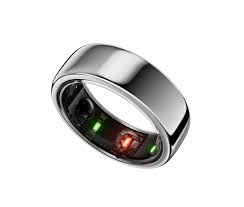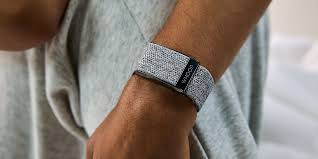← Back to Stress and performance

Interpreting your autonomic state
In order to be able to consciously work with your autonomic state, you need to be able to work out where you are in the first place. There are different ways that you can do this, on your own, or using technology to help you.
We are always somewhere on the autonomic continuum from parasympathetic to sympathetic. For anyone who would like a refresher on the autonomic nervous system, I will be uploading a short recap here shortly.
We are always somewhere on the autonomic continuum from parasympathetic to sympathetic. For anyone who would like a refresher on the autonomic nervous system, I will be uploading a short recap here shortly.
Things you can do
Assessing your autonomic state on your own
How do you know when you are stressed vs. relaxed? What are your physical, emotional, cognitive or behavioural clues? Consider what feeling stressed or relaxed in the moment might feel like for you.
Typically, physical clues relate to being ready to either run or fight. You may notice that your hands are in fists, that your neck and shoulders are tense, that your abdominal wall is splinted, and that your breathing is shallow and faster than when you're relaxed. As you go from imagining a stressful to relaxed situation, what is the 'tell' for you, physically? Likewise for your emotional and cognitive clues.
You can assess these in the moment, and/or track them subjectively over time. It can also be useful to reflect on your triggers: Which situations or people stress you out vs. relax you?
Typically, physical clues relate to being ready to either run or fight. You may notice that your hands are in fists, that your neck and shoulders are tense, that your abdominal wall is splinted, and that your breathing is shallow and faster than when you're relaxed. As you go from imagining a stressful to relaxed situation, what is the 'tell' for you, physically? Likewise for your emotional and cognitive clues.
You can assess these in the moment, and/or track them subjectively over time. It can also be useful to reflect on your triggers: Which situations or people stress you out vs. relax you?
Understanding your autonomic state with the help of technology
An alternative or augment to developing your self-awareness is to use technology to track your autonomic state. A proxy which is often used is your heart rate variability.
Sleep is also a useful behaviour to monitor over time with regard to the impact of stress in our lives, because how stressed we are can affect our sleep, and our sleep affects our stress levels.
Sleep is also a useful behaviour to monitor over time with regard to the impact of stress in our lives, because how stressed we are can affect our sleep, and our sleep affects our stress levels.
Various different tracking devices exist, if tracking appeals to you.*
*Some people find that tracking their behaviour makes them more worried about it. If that applies to you, no problem at all, see previous section about subjective tracking options.
Tracking devices can be worn on your body (finger, wrist, upper arm, etc) or not (e.g. a smart phone or under-mattress sleep sensor).
Some body-worn devices are particularly popular with surgeons because they are more compatible with infection control policies, such as plain band rings (e.g. Oura) and upper arm bands (e.g. Whoop), links attached. In addition to these, various smart watches or wrist-worn trackers exist, including Garmin, Fitbit, Google Pixel, and Apple watches.
*Some people find that tracking their behaviour makes them more worried about it. If that applies to you, no problem at all, see previous section about subjective tracking options.
Tracking devices can be worn on your body (finger, wrist, upper arm, etc) or not (e.g. a smart phone or under-mattress sleep sensor).
Some body-worn devices are particularly popular with surgeons because they are more compatible with infection control policies, such as plain band rings (e.g. Oura) and upper arm bands (e.g. Whoop), links attached. In addition to these, various smart watches or wrist-worn trackers exist, including Garmin, Fitbit, Google Pixel, and Apple watches.
Haven't found what you're looking for?
This is intended to be a place where busy healthcare professionals can come to find resources to support their fulfilment, productivity, health and performance.
Is there anything missing that you’re looking for? Or anything that has been useful for you that you would like to share? Any niche requests for recommendations? I would love to hear from you.


